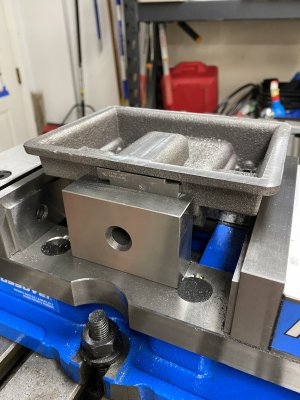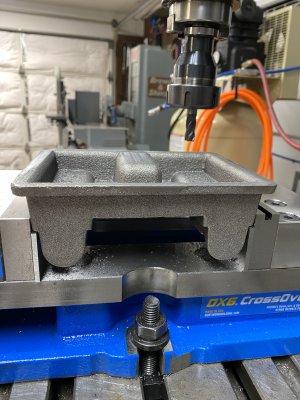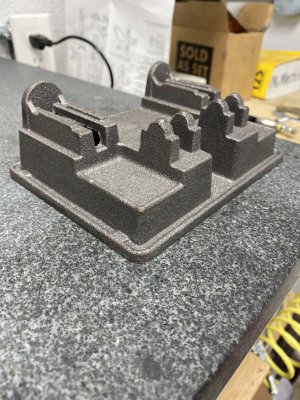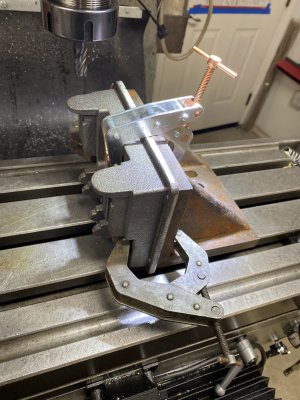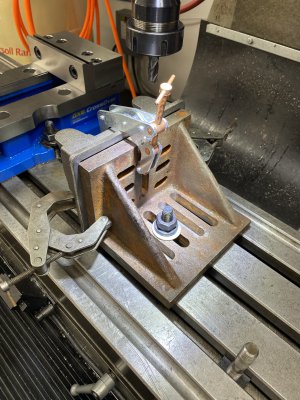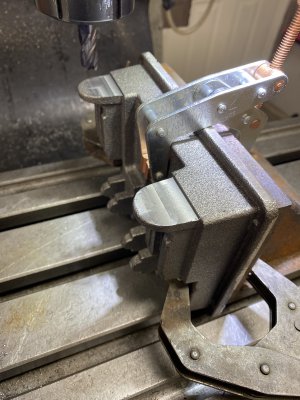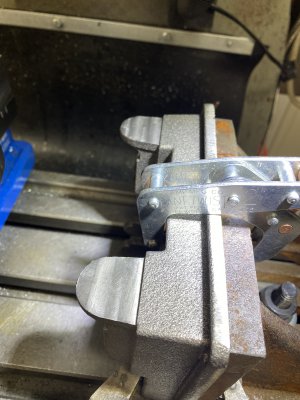- Joined
- Aug 3, 2017
- Messages
- 2,437
Huh... thats interesting! I'm surprised it held! Though, Clickspring has shown some pretty incredible projects with super glue holding stuff!
I just used a bolt through the casting in the area between the slides, then used a machinist-jack to hold it off the table/in place. You might be able to do 2 bolts to the angle-plate, since you have two sets of slides.
I just used a bolt through the casting in the area between the slides, then used a machinist-jack to hold it off the table/in place. You might be able to do 2 bolts to the angle-plate, since you have two sets of slides.


